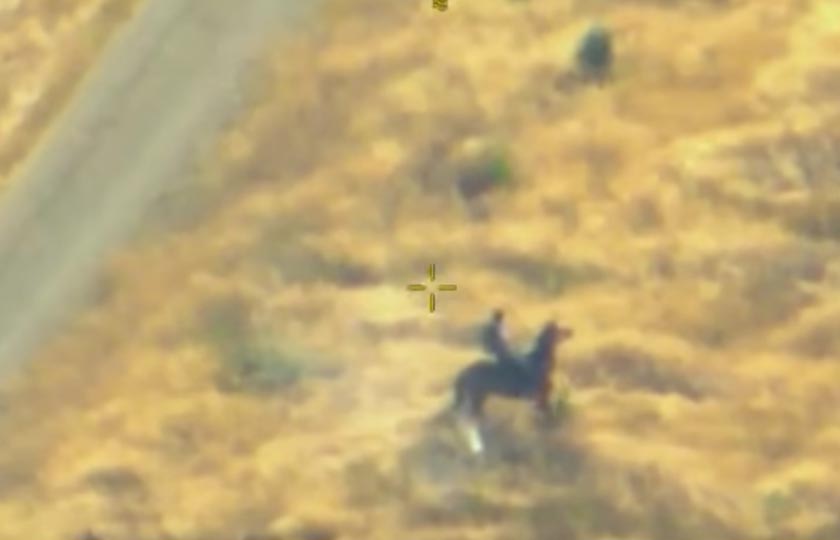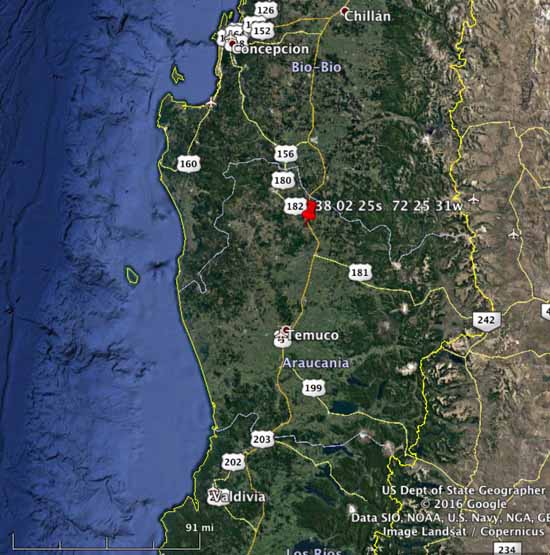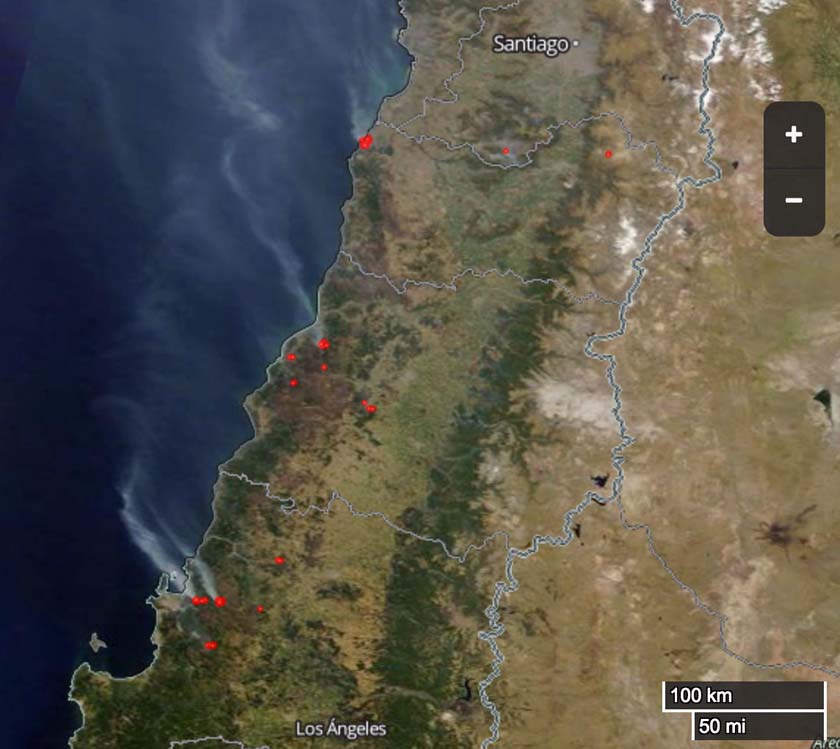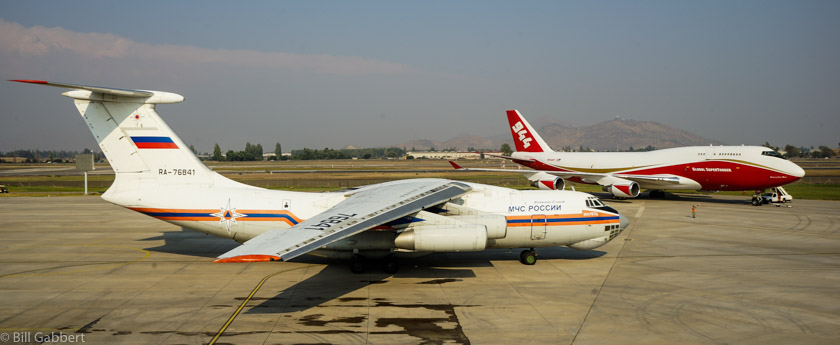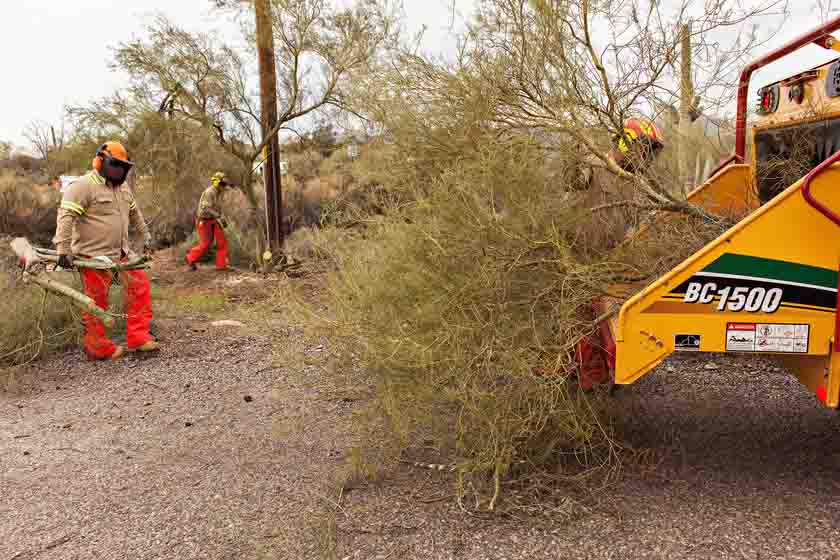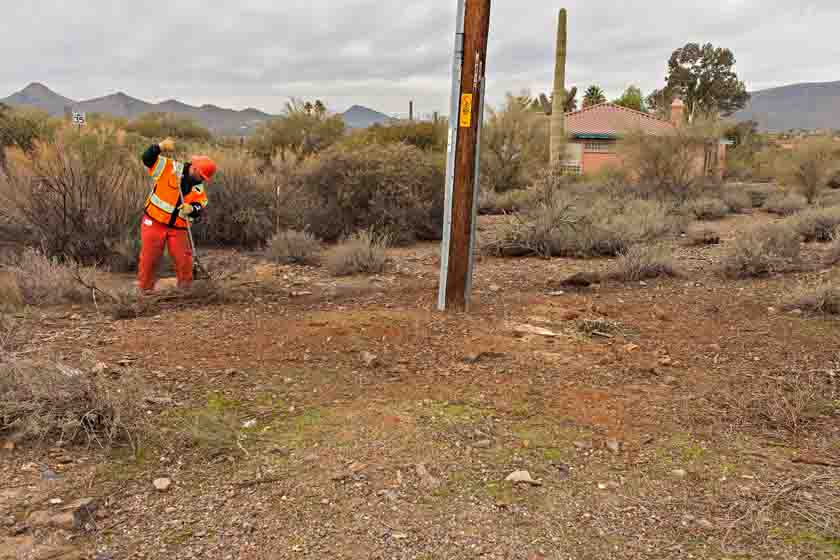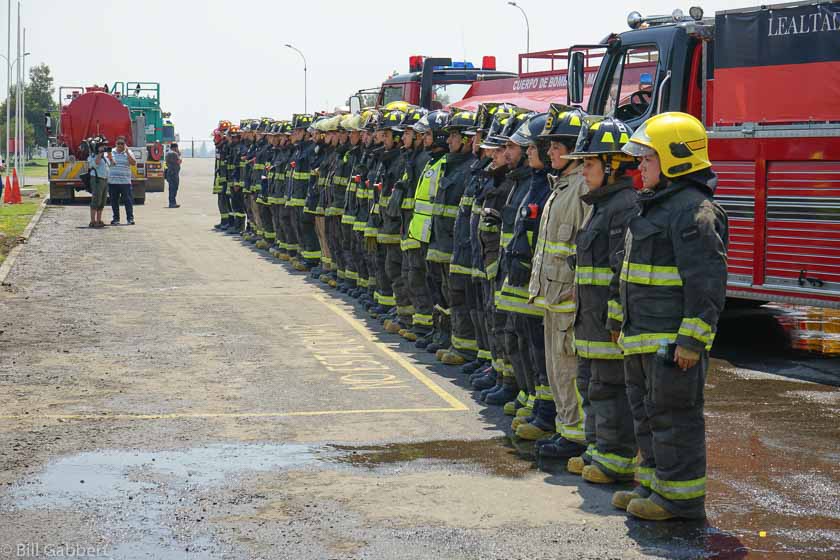
A few days ago “cspen” contributed a comment below an article we wrote on January 27 about volunteer firefighters, Bomberos in Spanish, setting up and operating a complex high-volume system for loading 19,200 gallons of water into the SuperTanker every time it pulled in to reload. In case you missed it, here it is again.
****
“The tradition of the volunteer fire fighters in Chile is a very old one. To become a volunteer firefighter there is a waiting list in every single town and city across Chile, and it often takes years to get an open slot, typically another member must sponsor the person applying. It is seen as more important and patriotic than volunteering to join the military. It is for life. Even old firefighters that are no longer able to fight fires, still show-up for training and other activities, or help with administration. Often until they die.
At the core, is a sort of belief that fighting fires and rescuing people is such an honor, and so important, that a paid, “professional” group, of fire fighters would not take it so seriously (correct or mistaken). It is not something that can be trusted to the vagaries of government ministers, budget cuts, and so on.
That said, the volunteer departments equipment is mostly provided by the government. Simply the firefighters receive donations in yearly fund raising drives, that they divided between them and is viewed as a thank you for their service through-out the year.
They do receive professional level training. Experts from the around the World are brought in to for training. Firefighters join specialized brigades such as dealing with chemical hazards, high-rise rescues, and so on.
This is not just a bunch of guys standing on the street corner they pick-up, and hand them a garden hose.”

